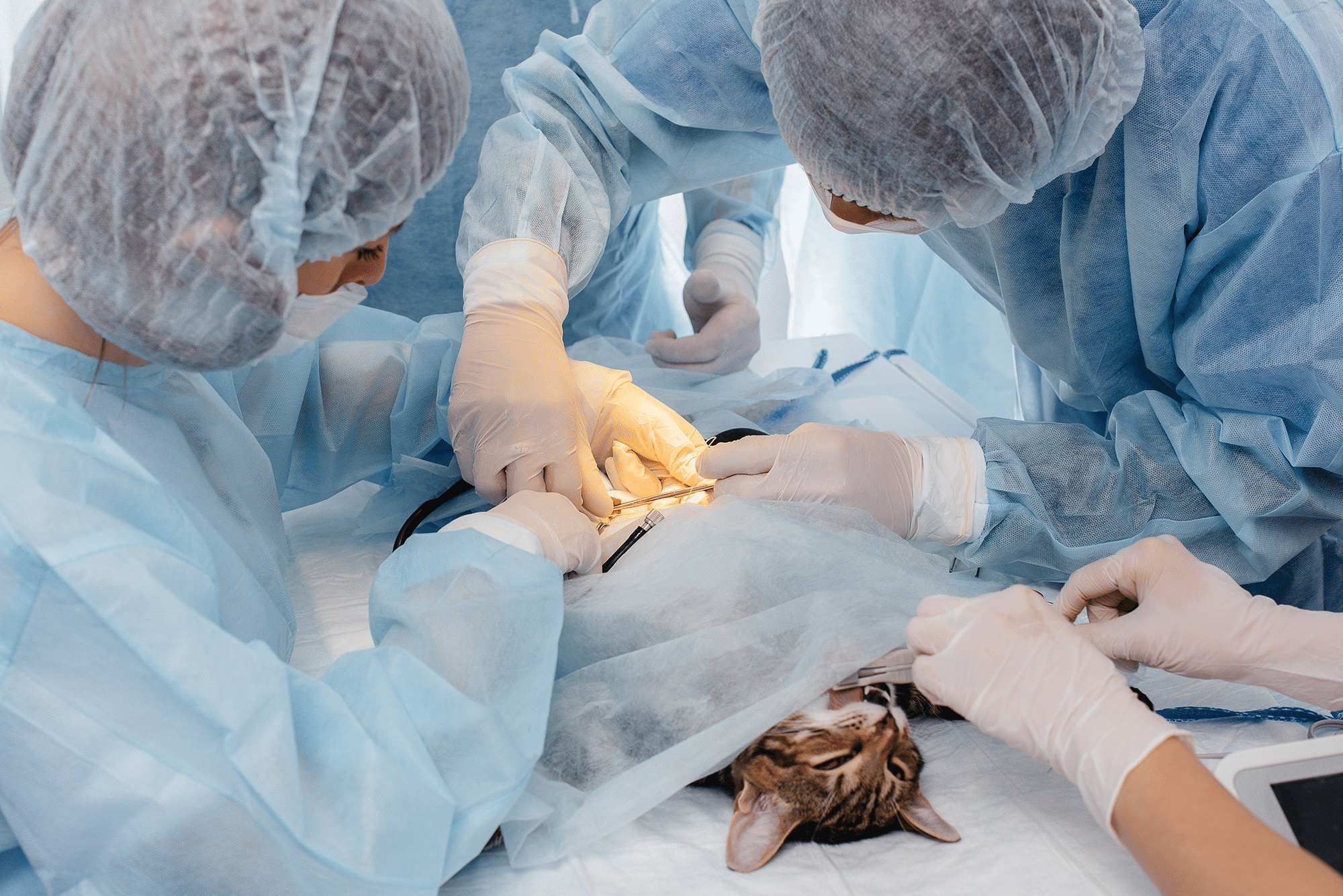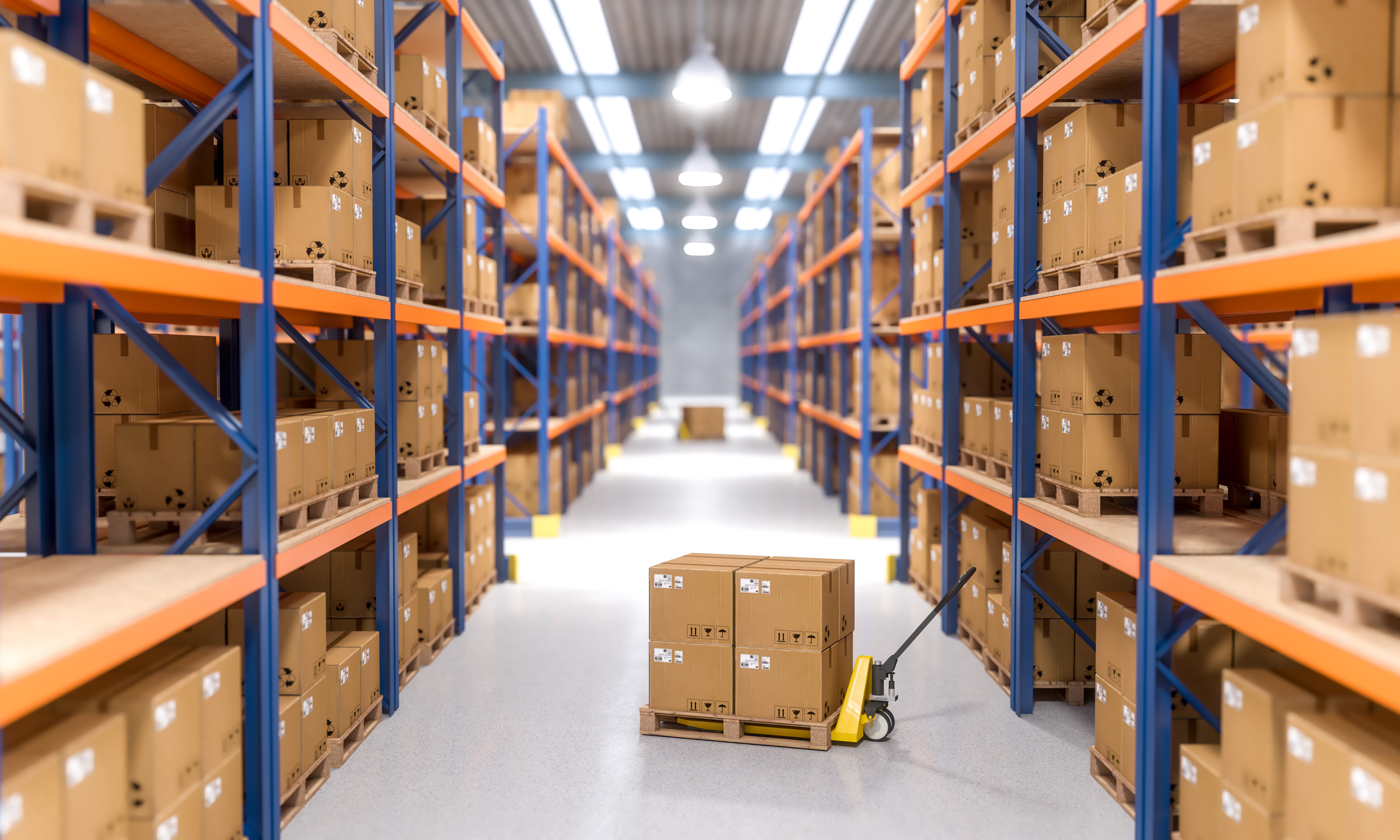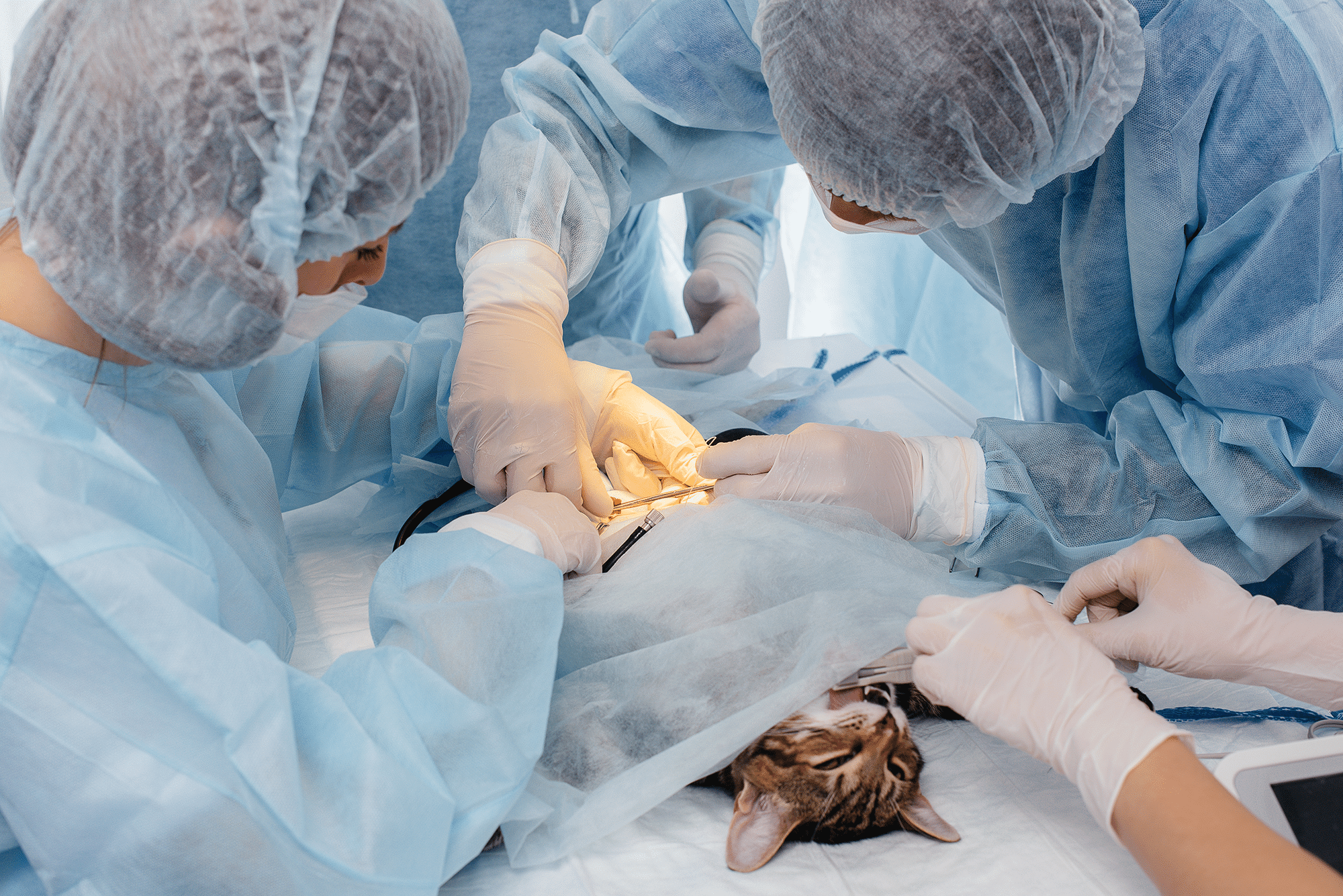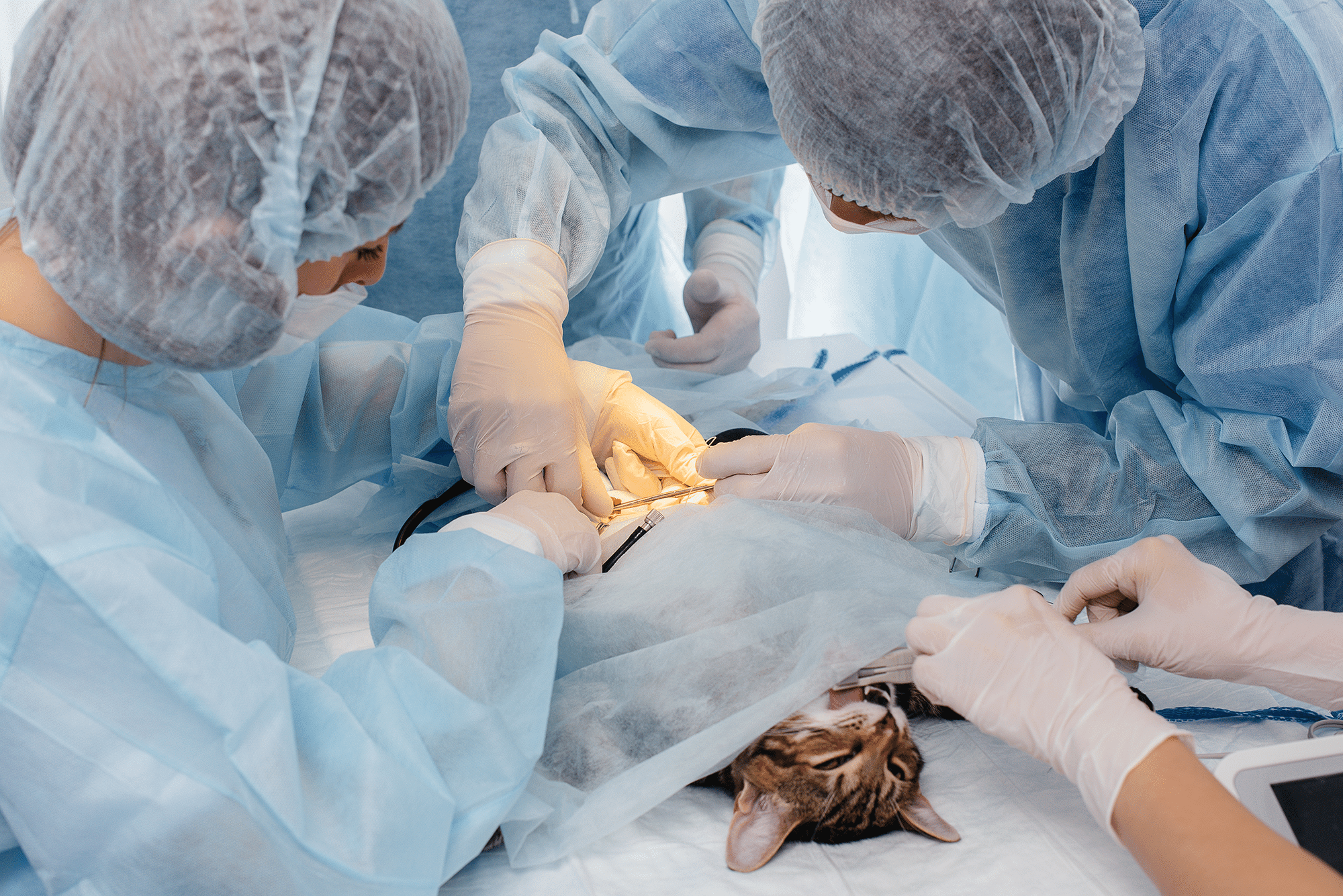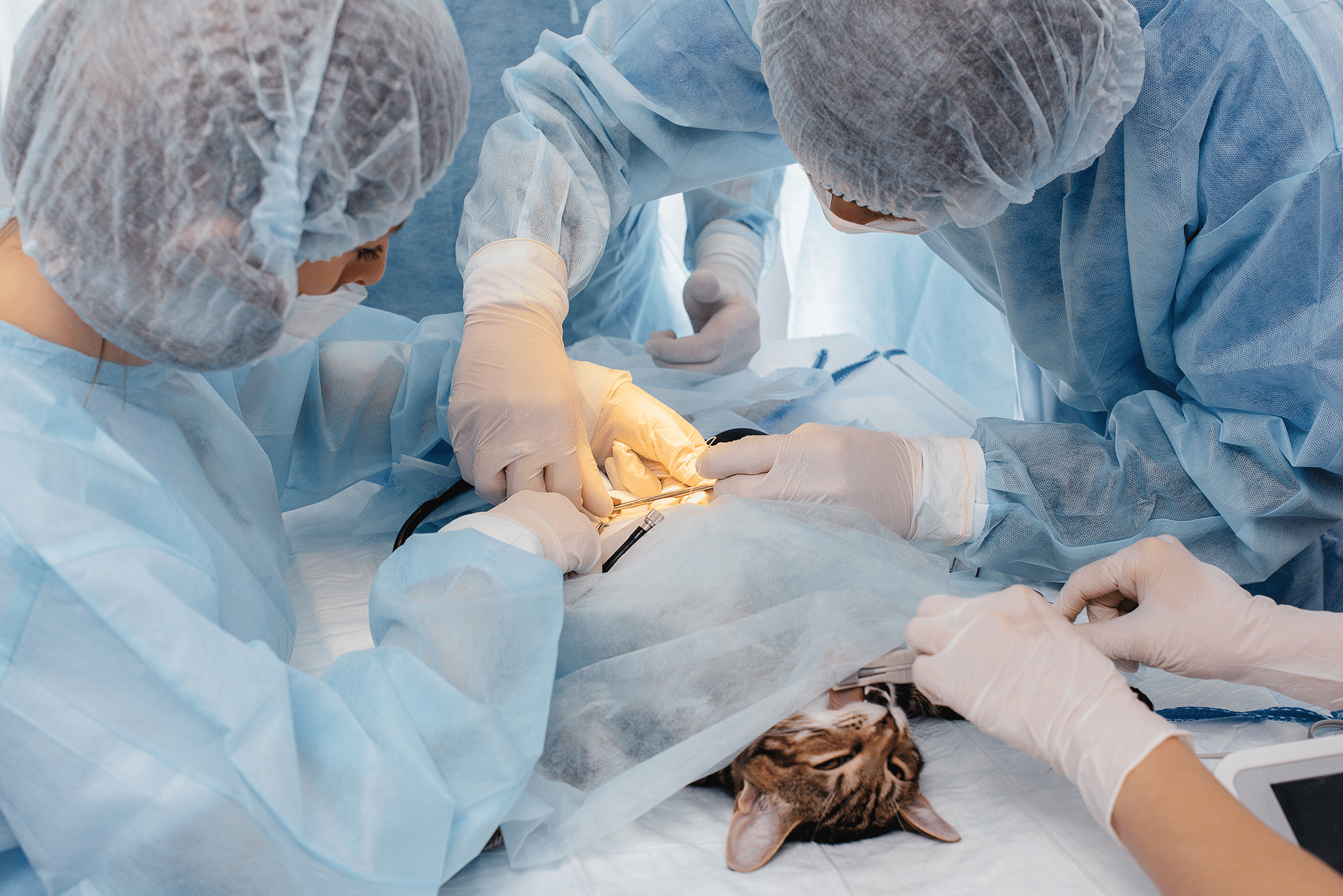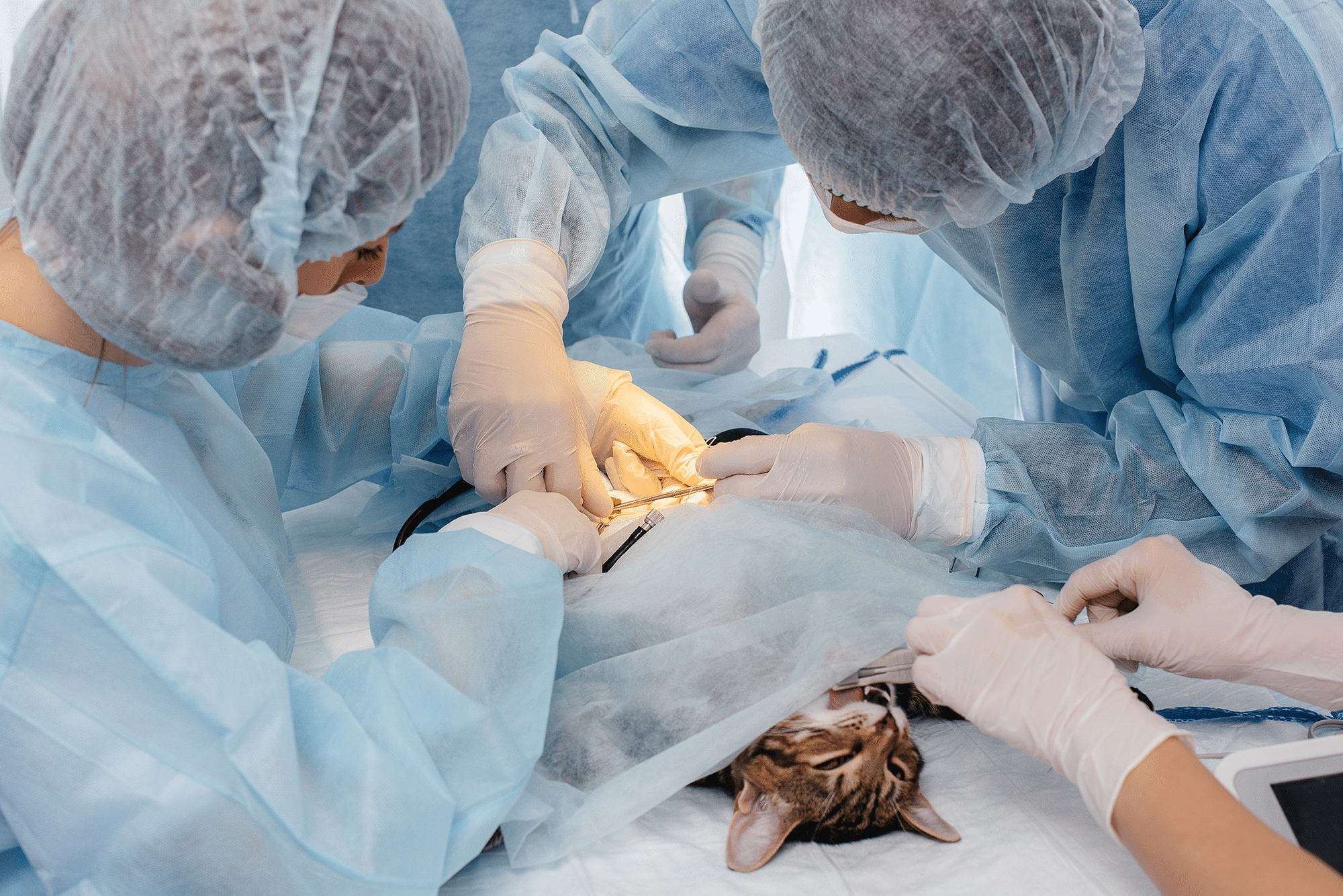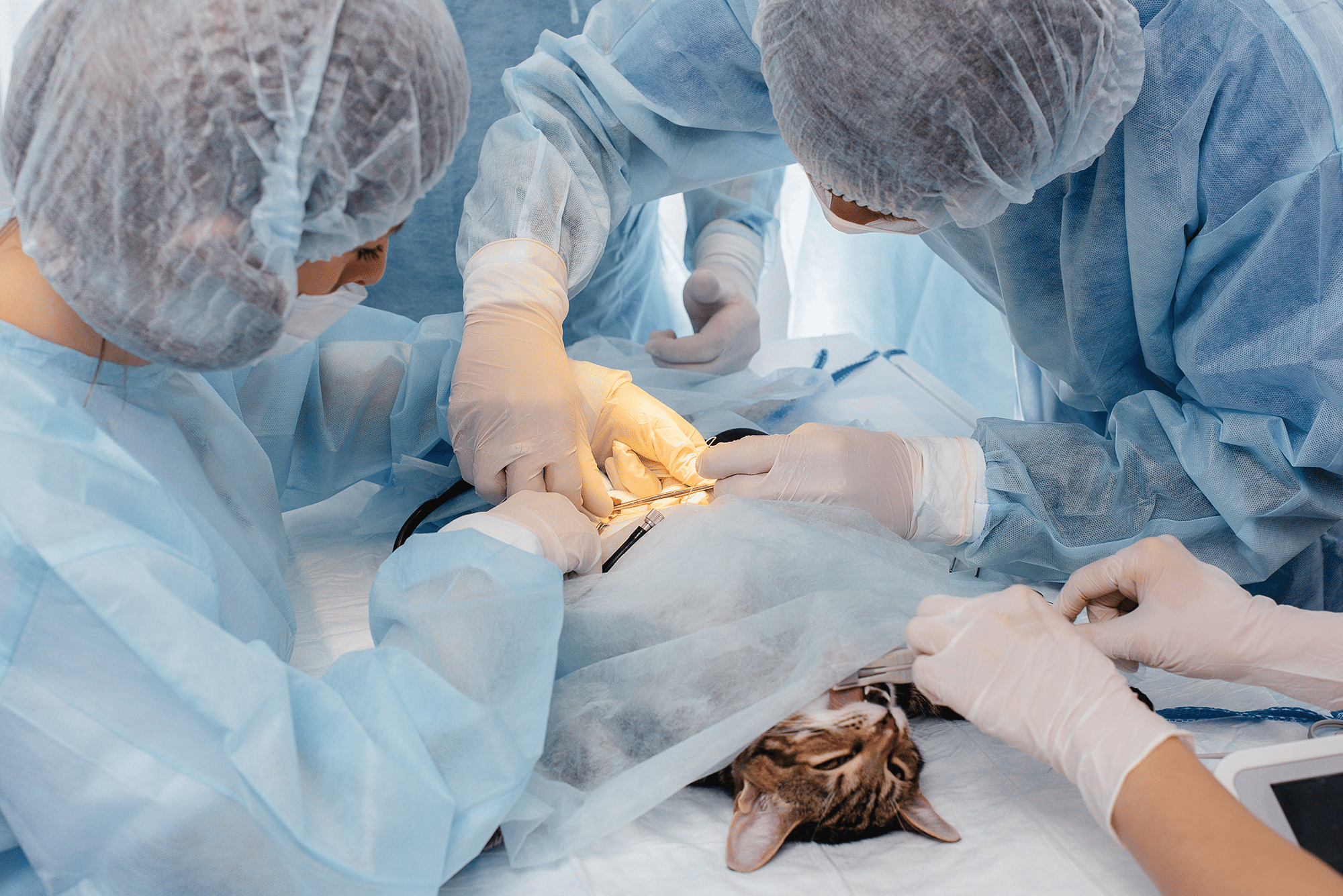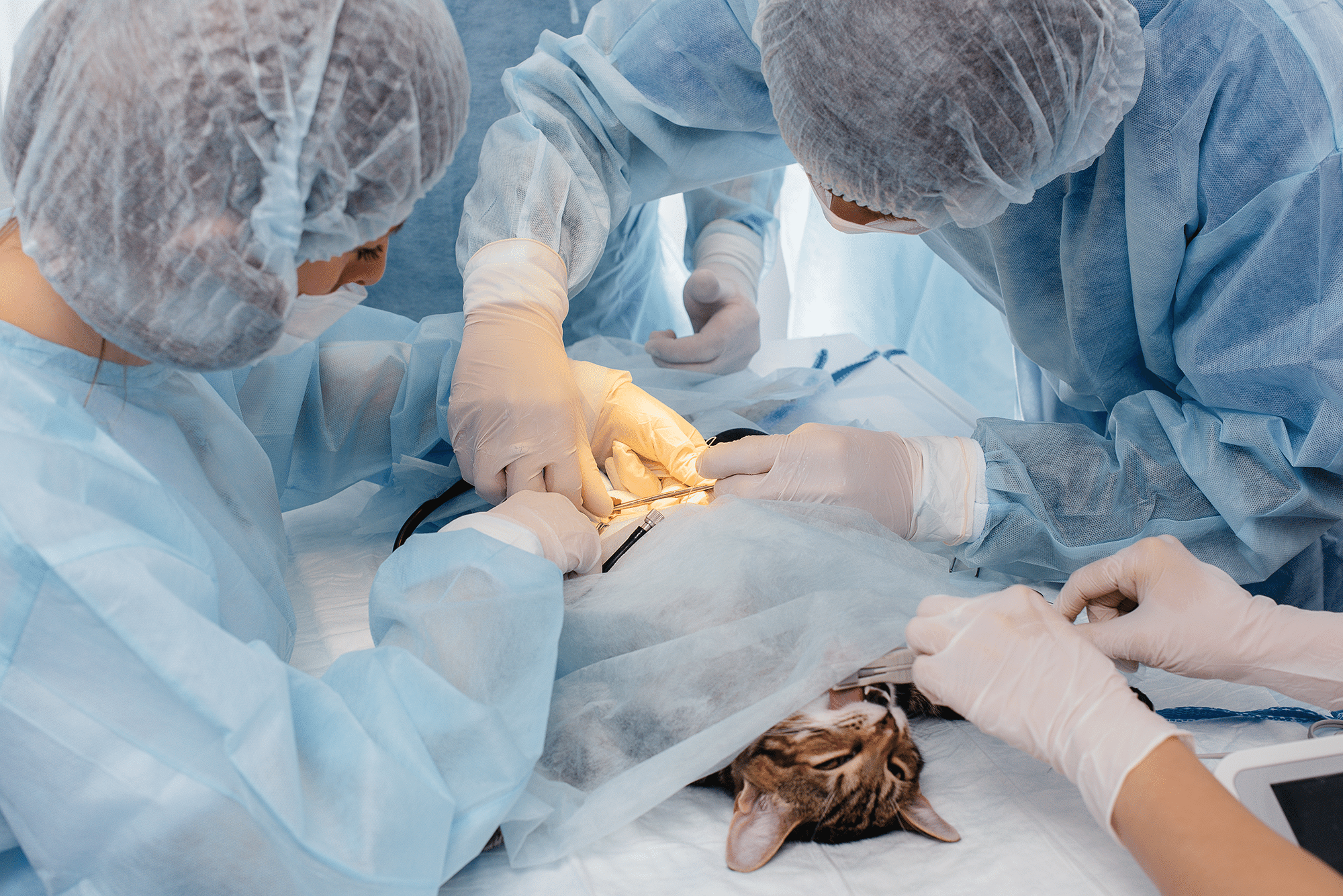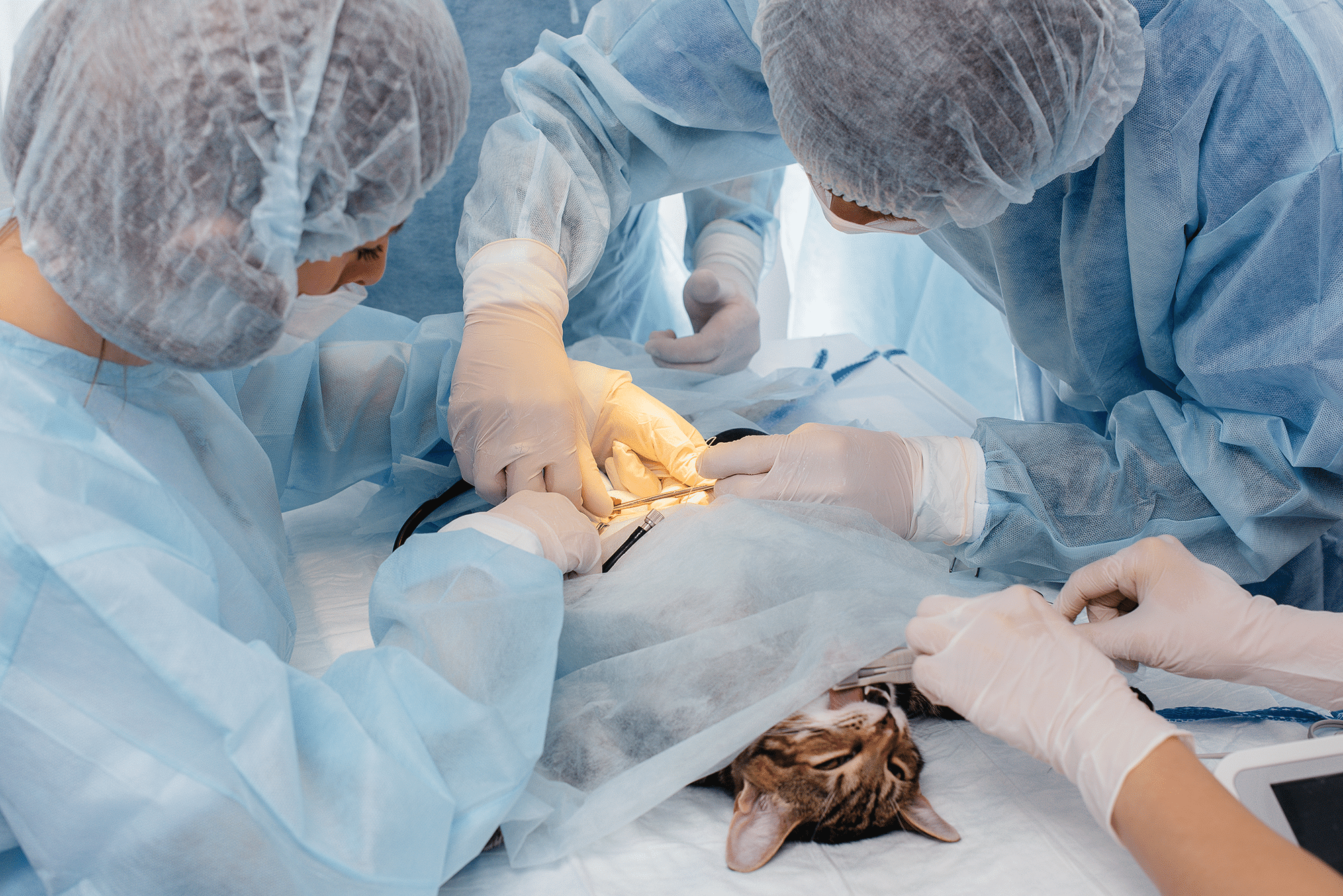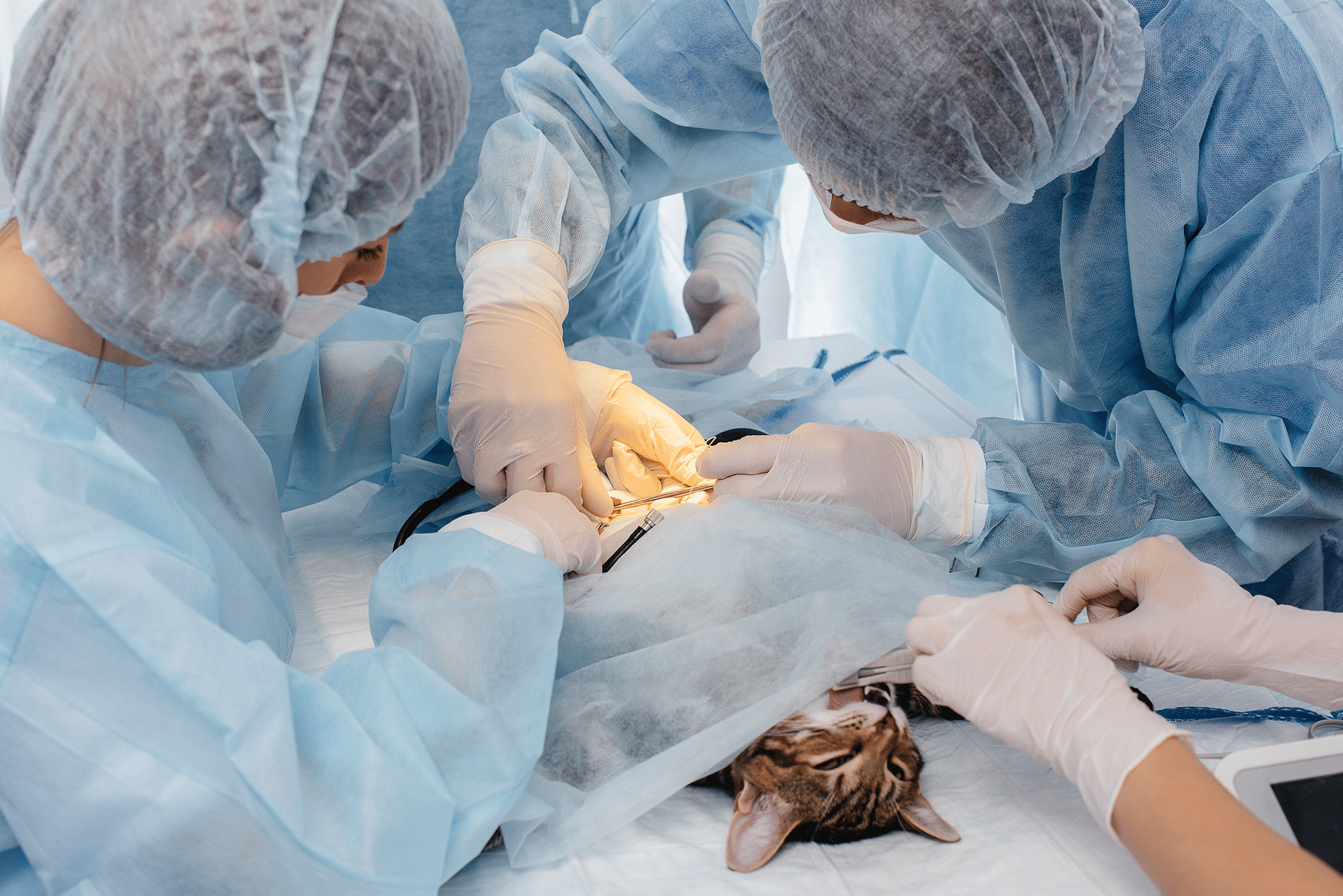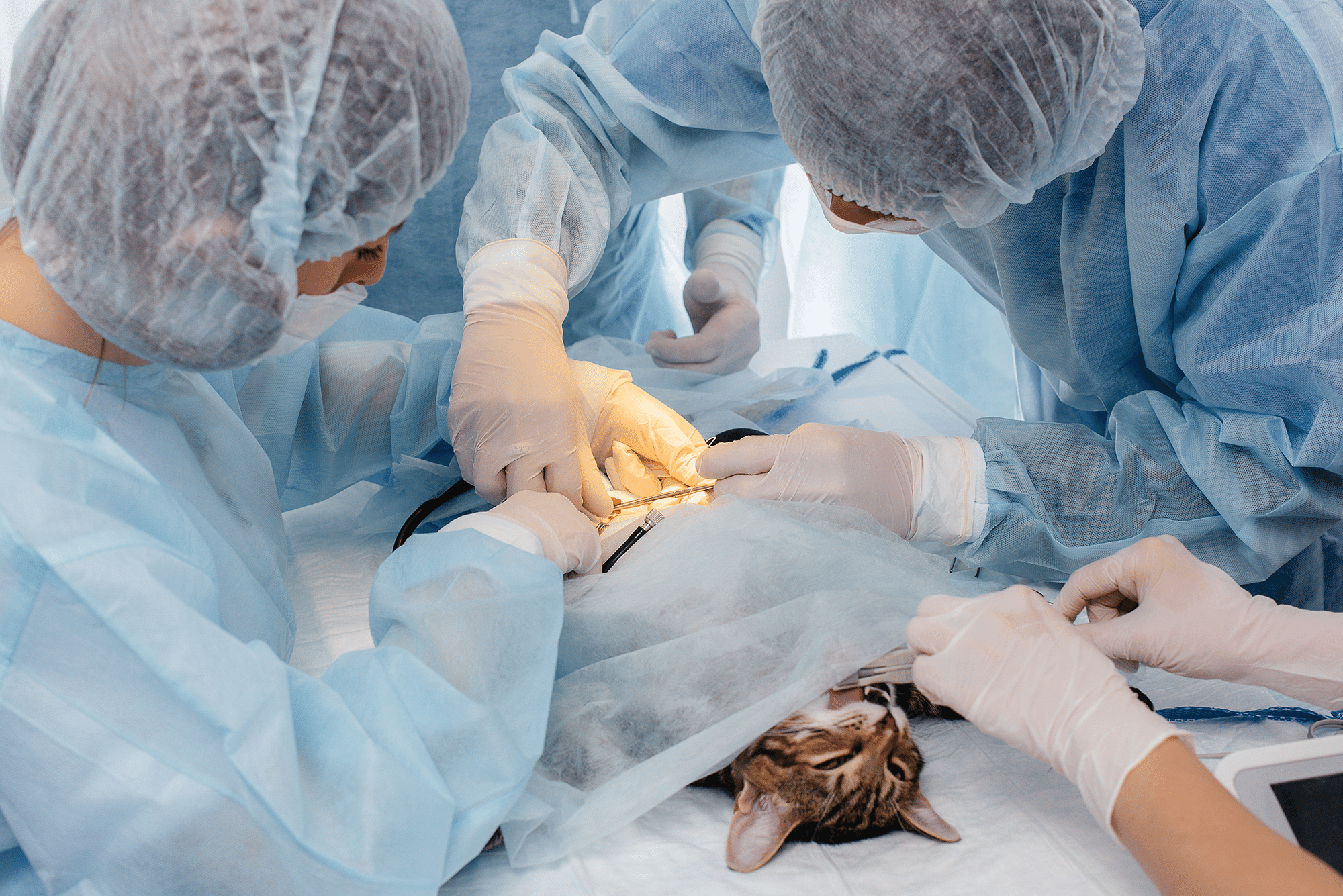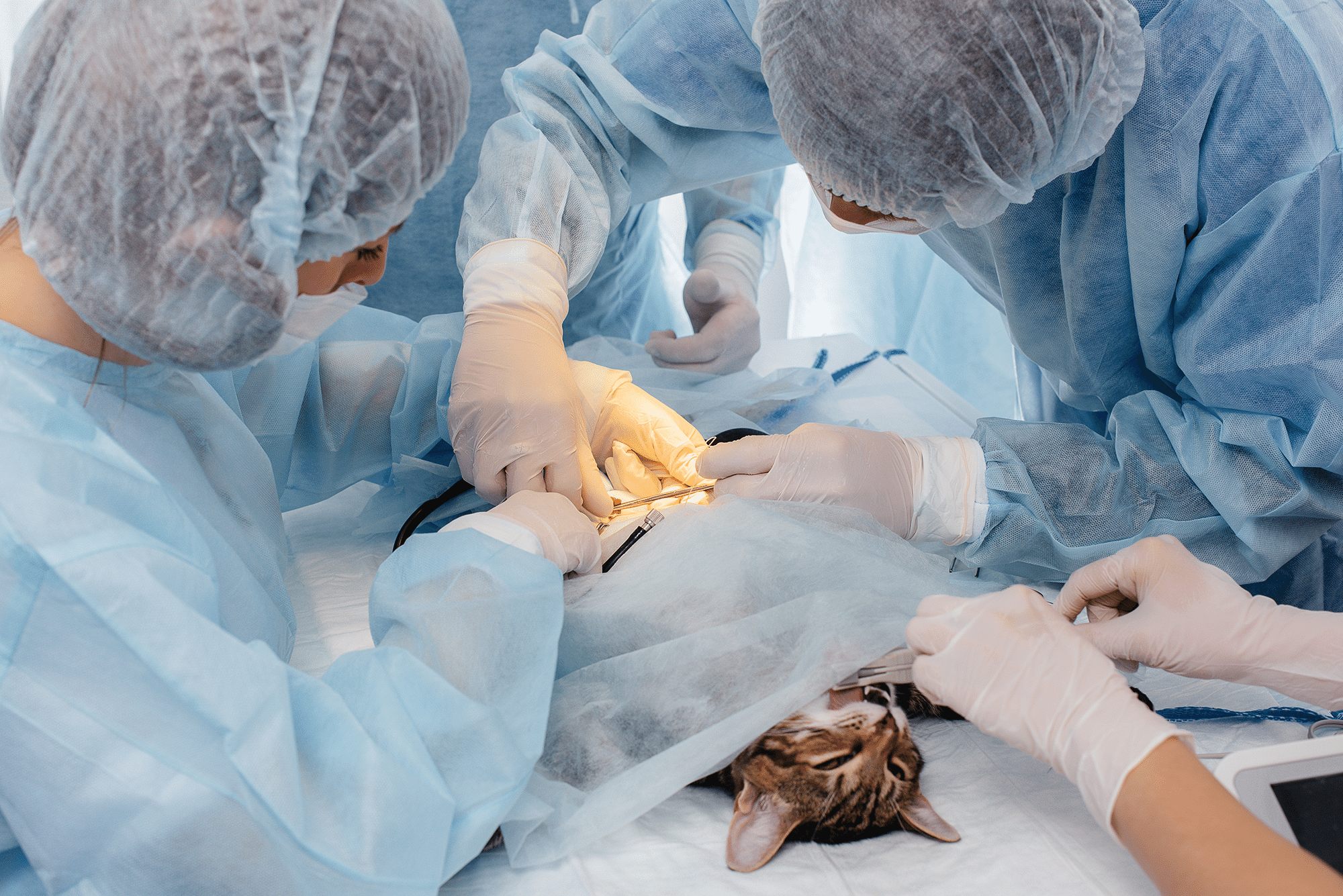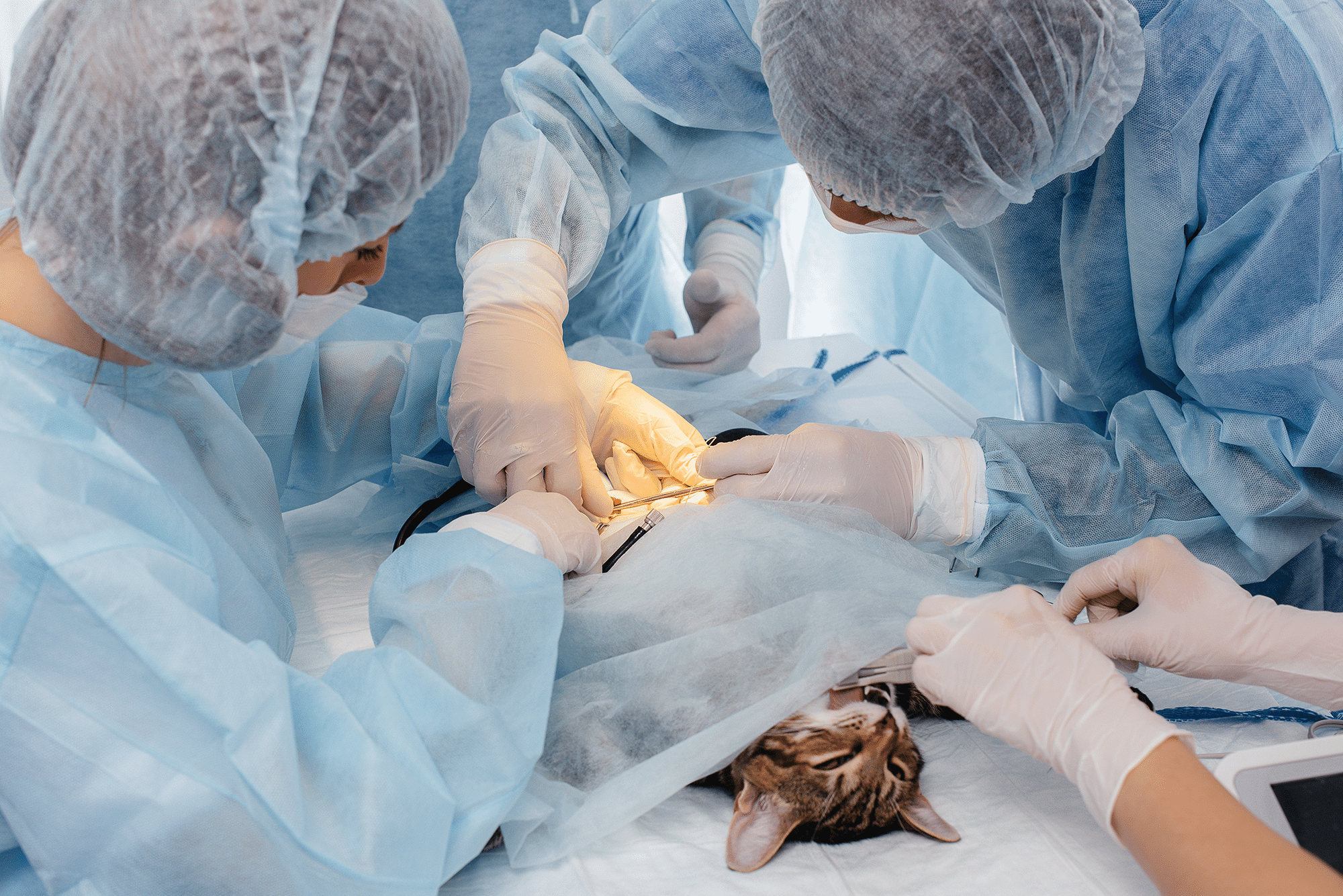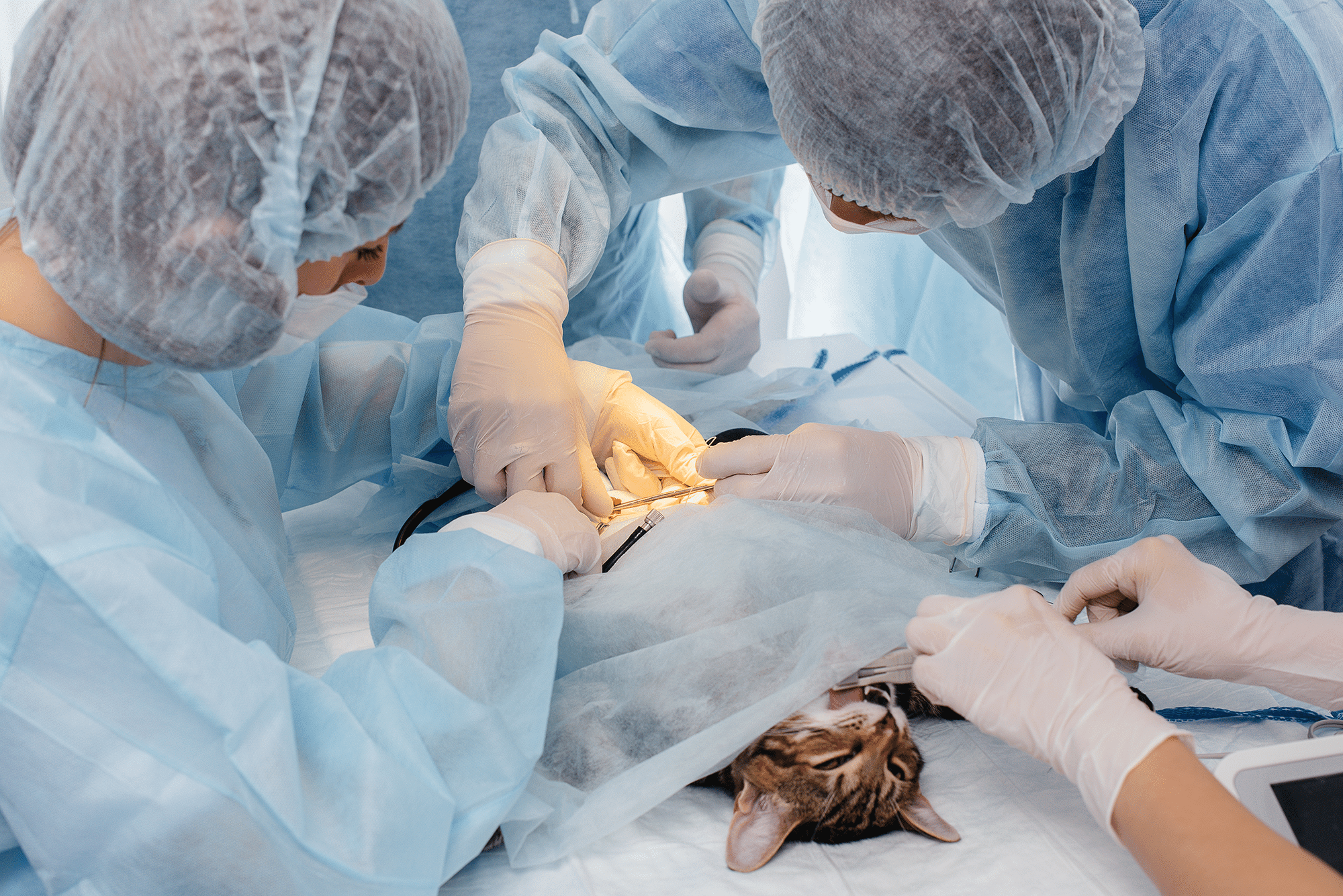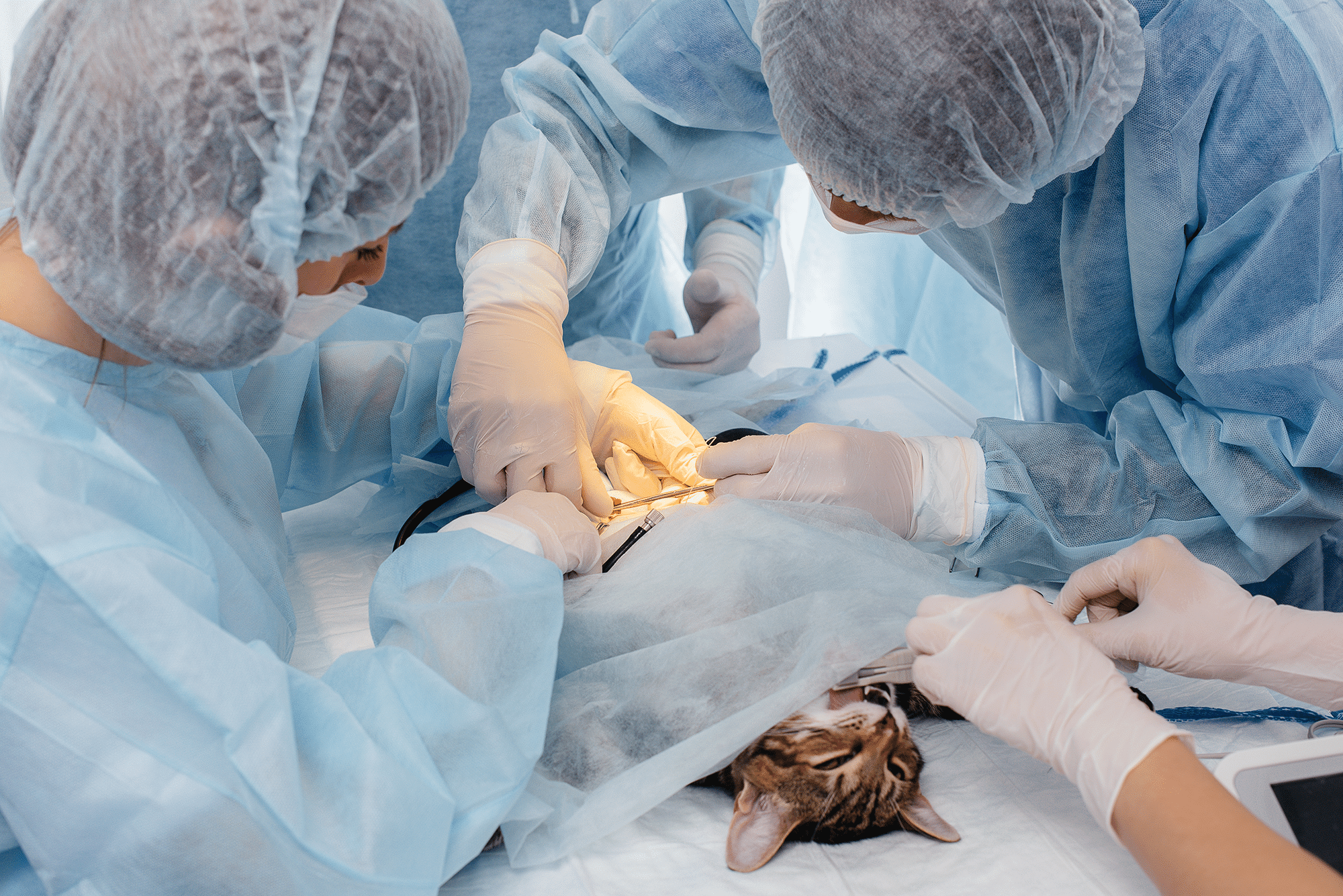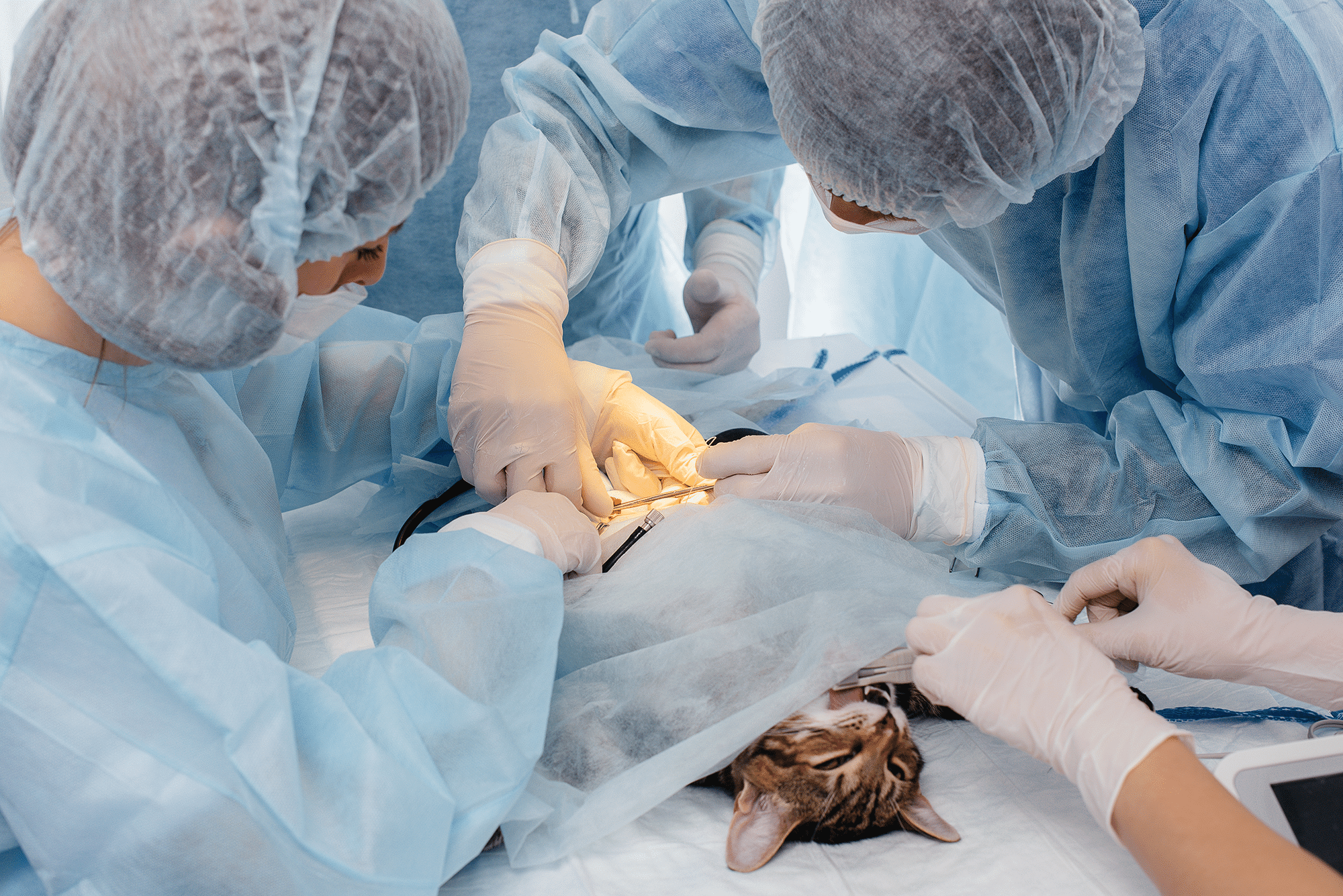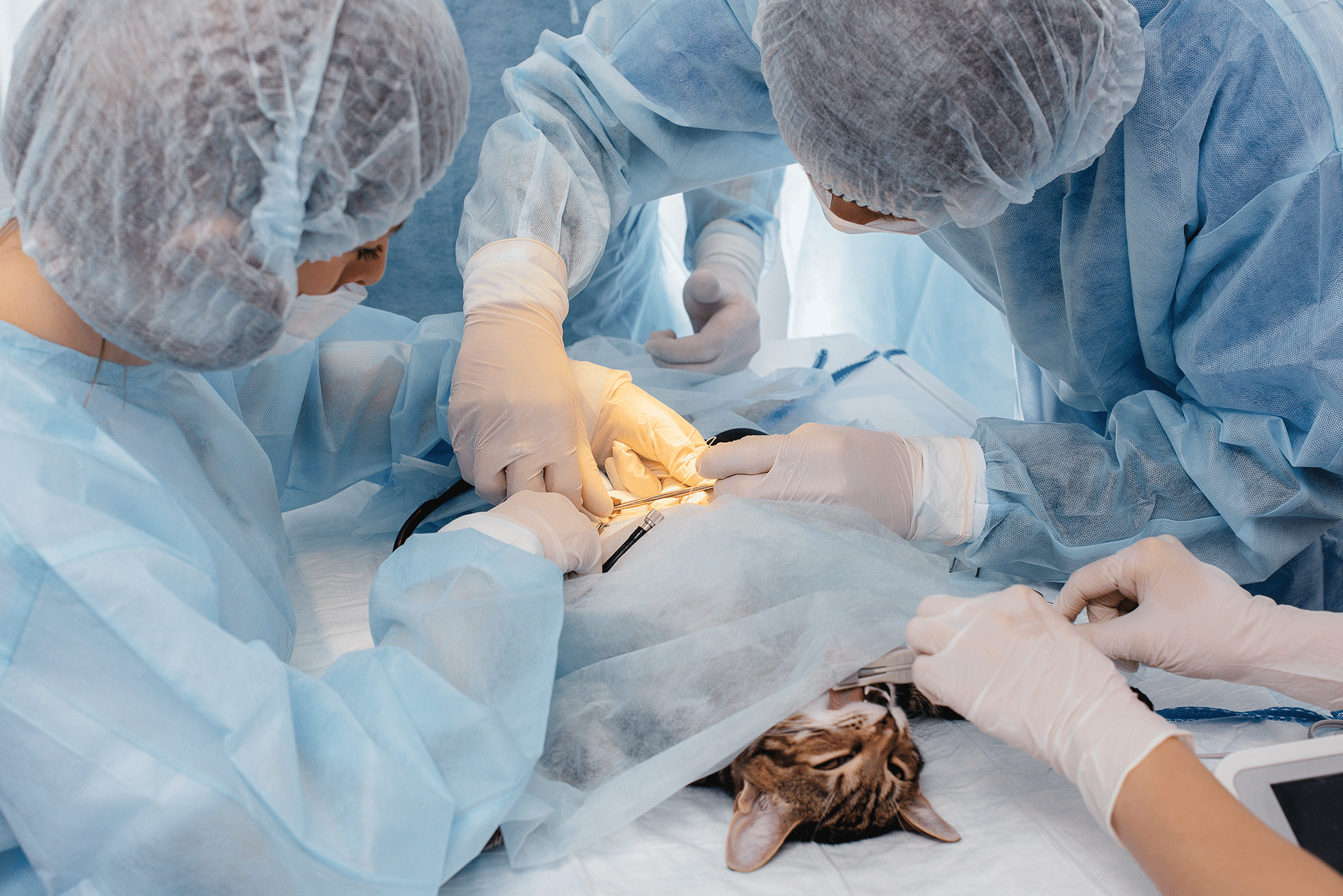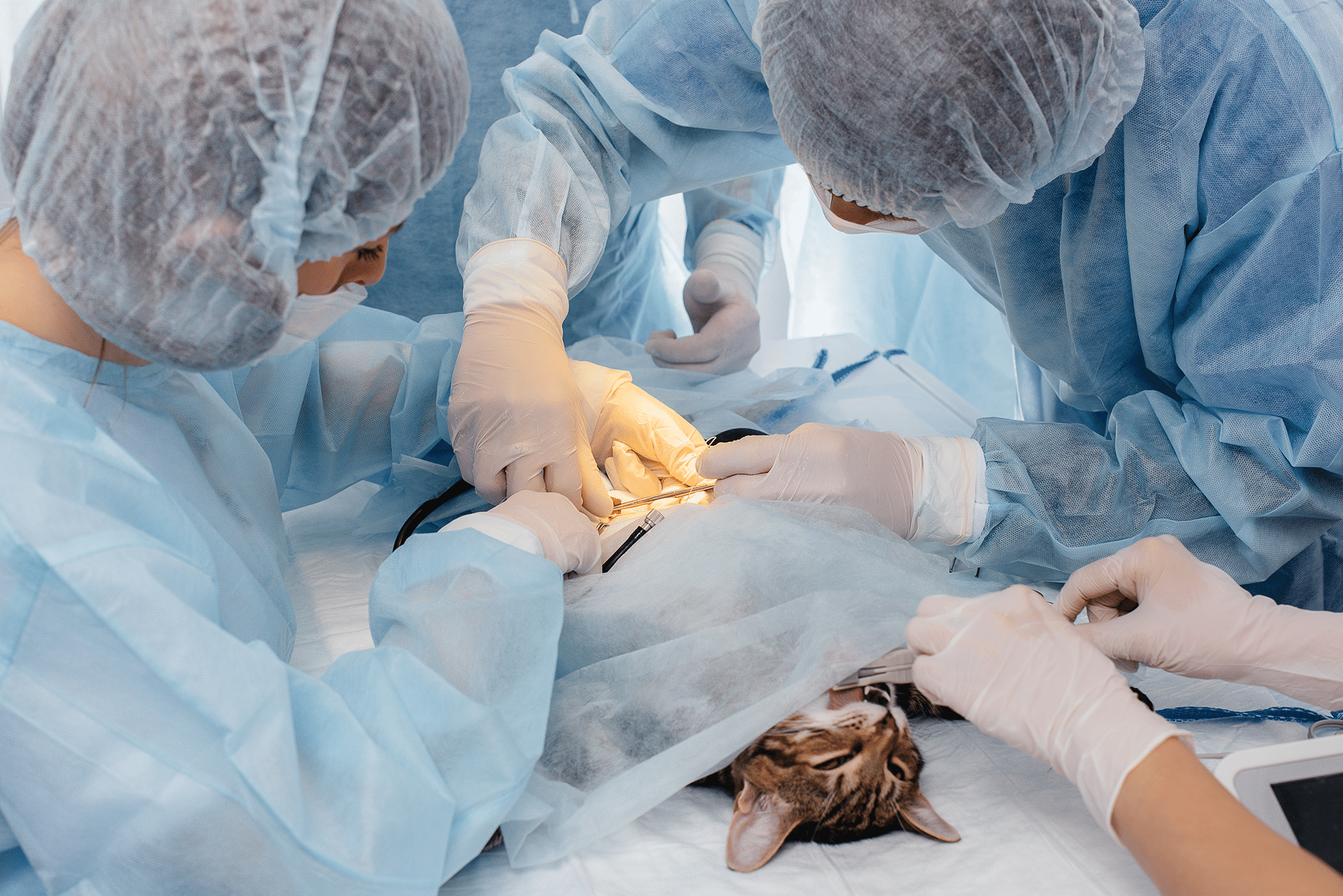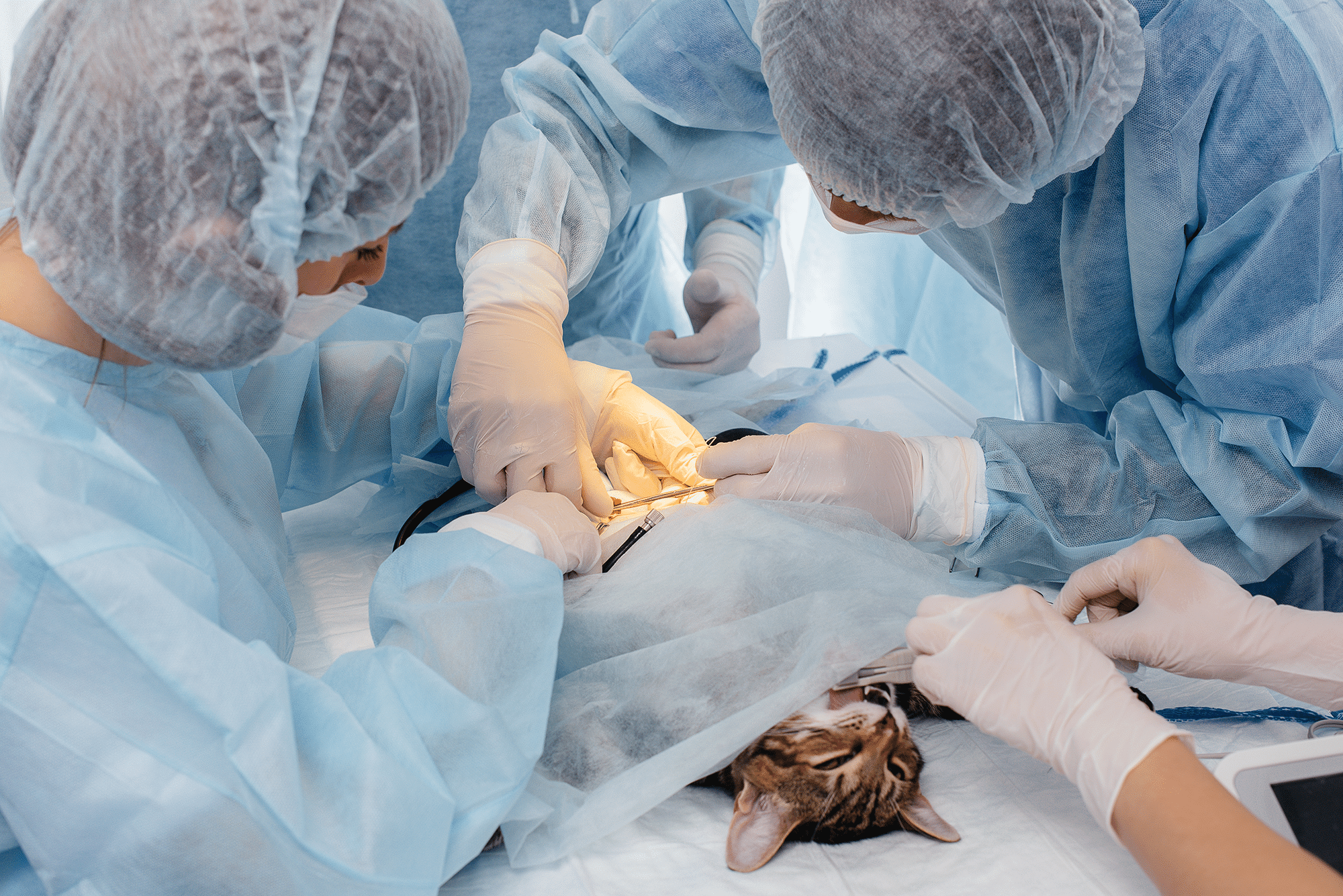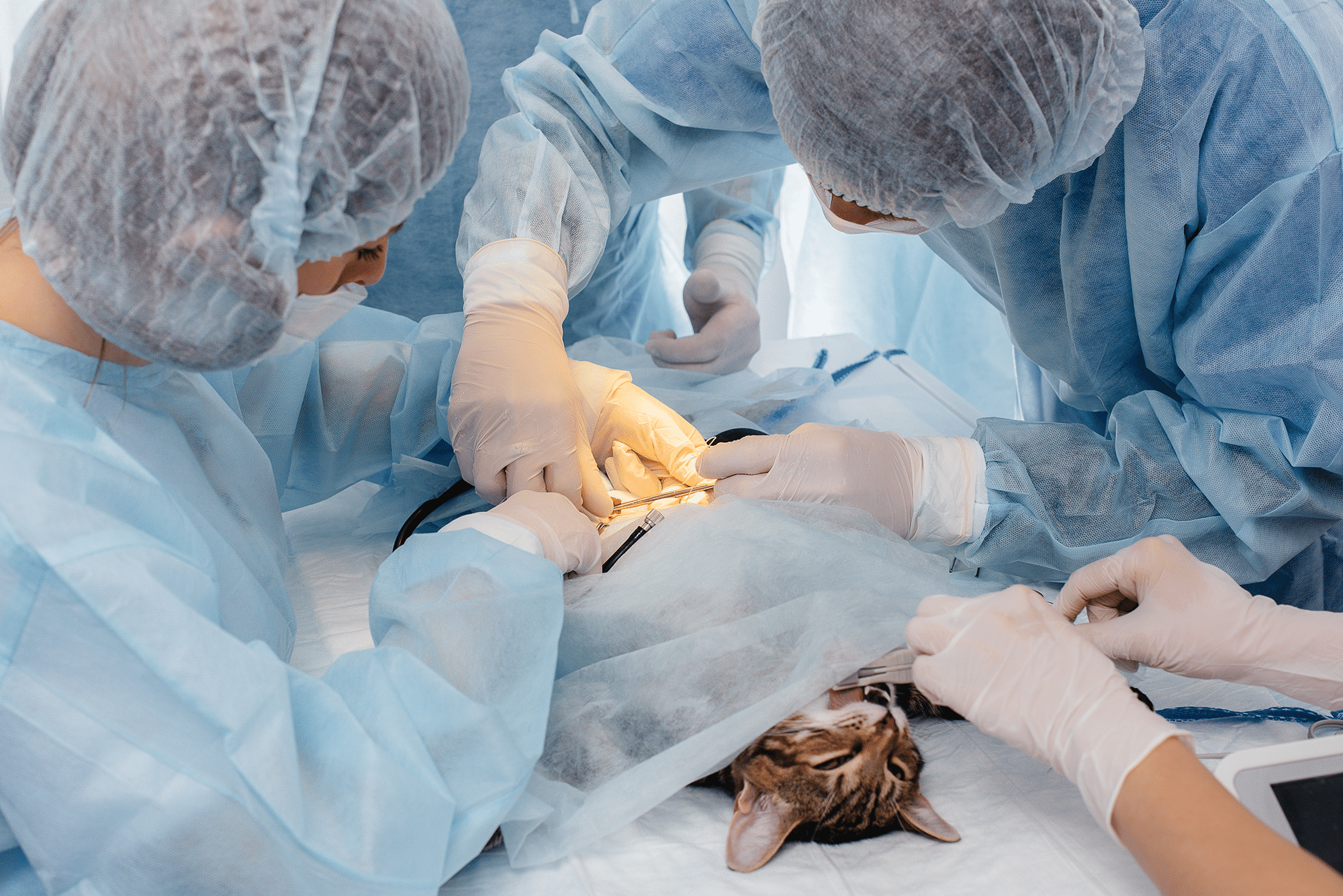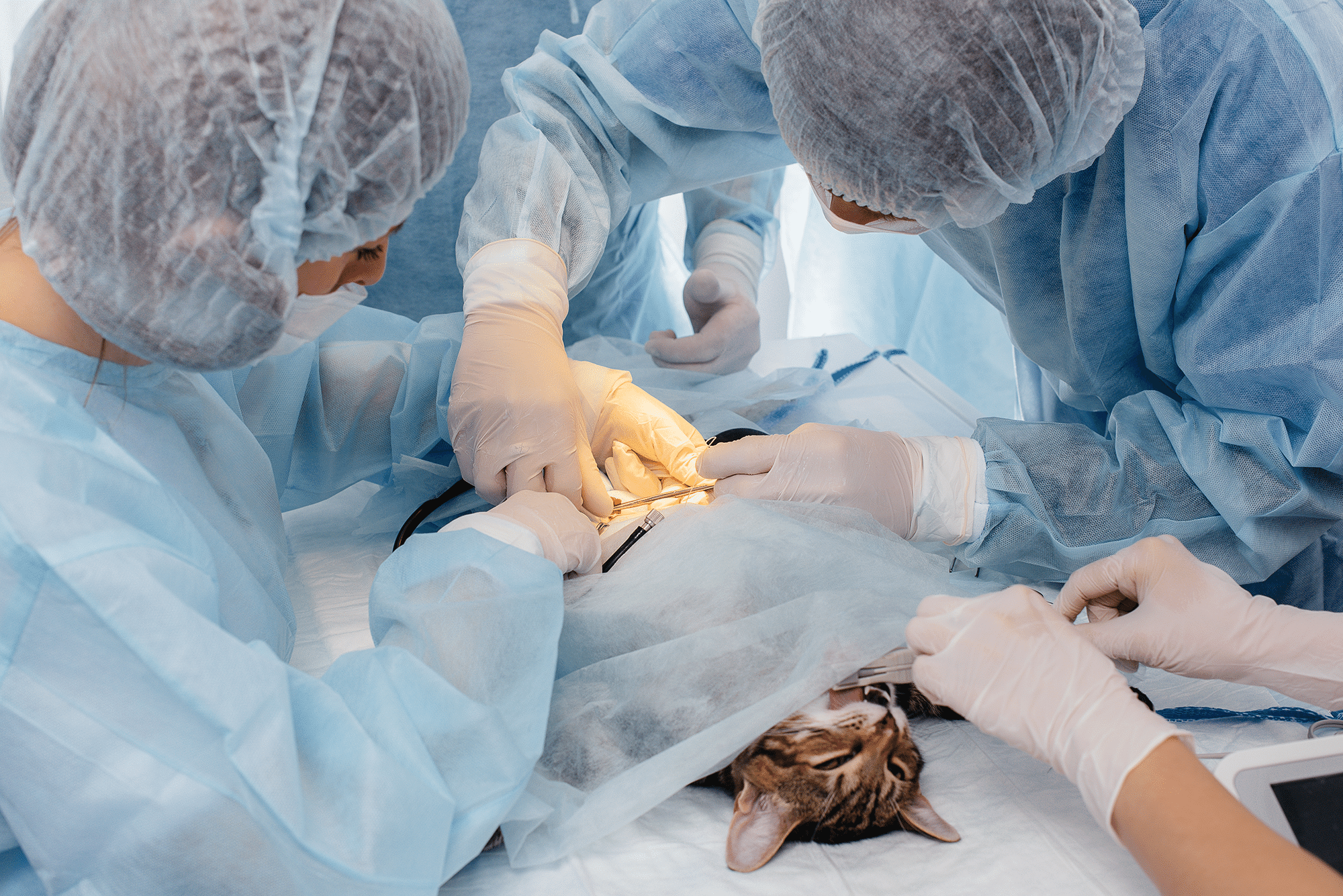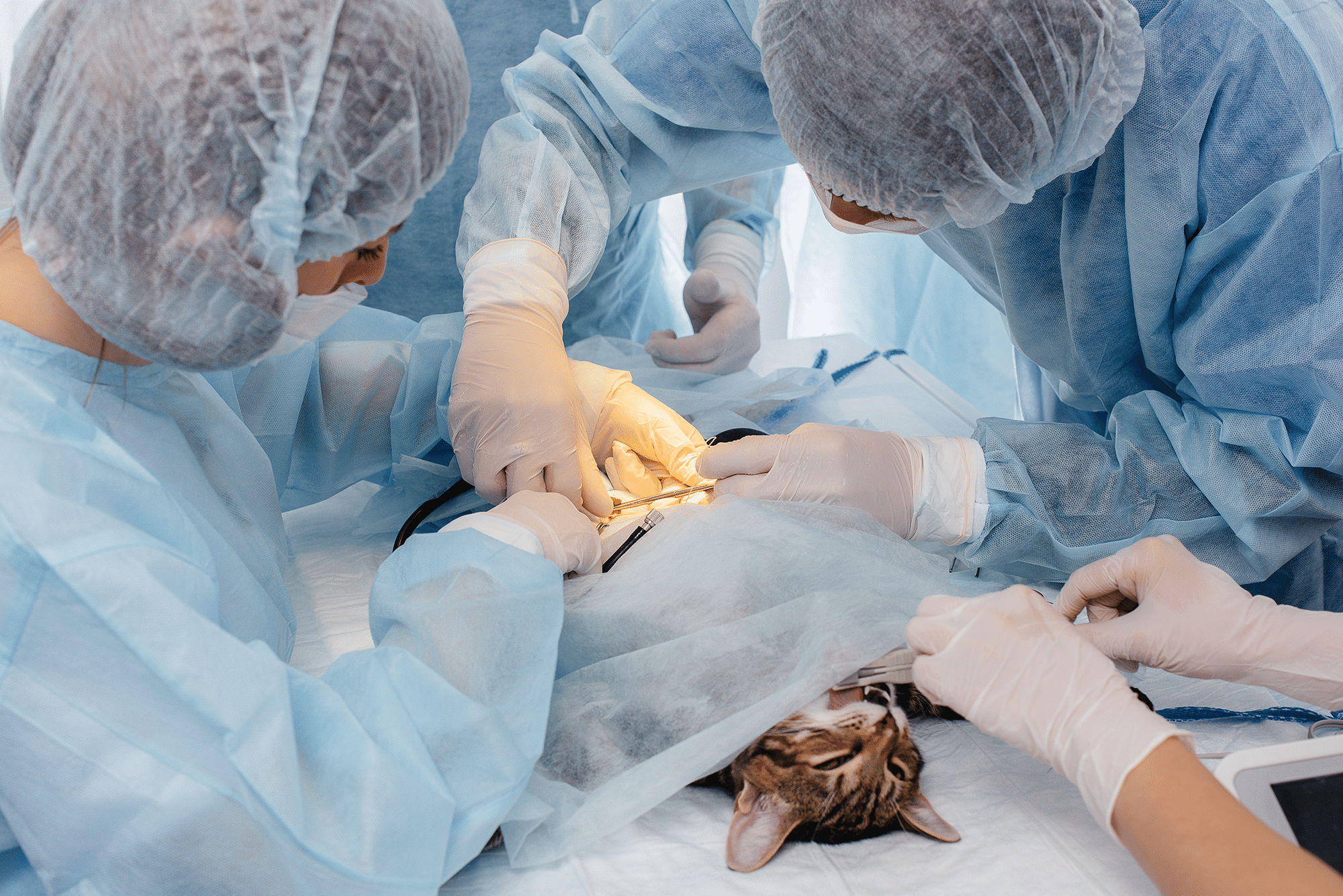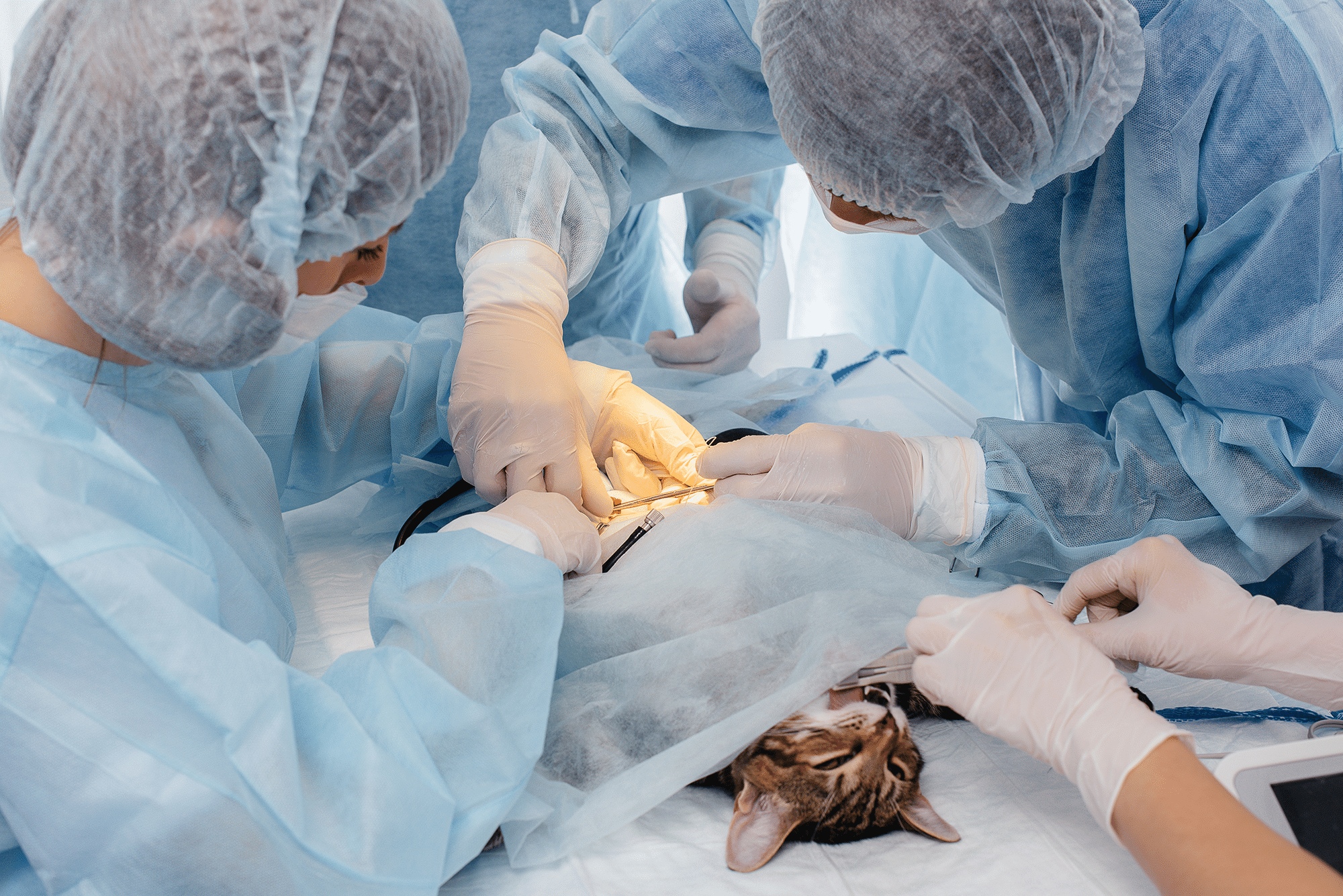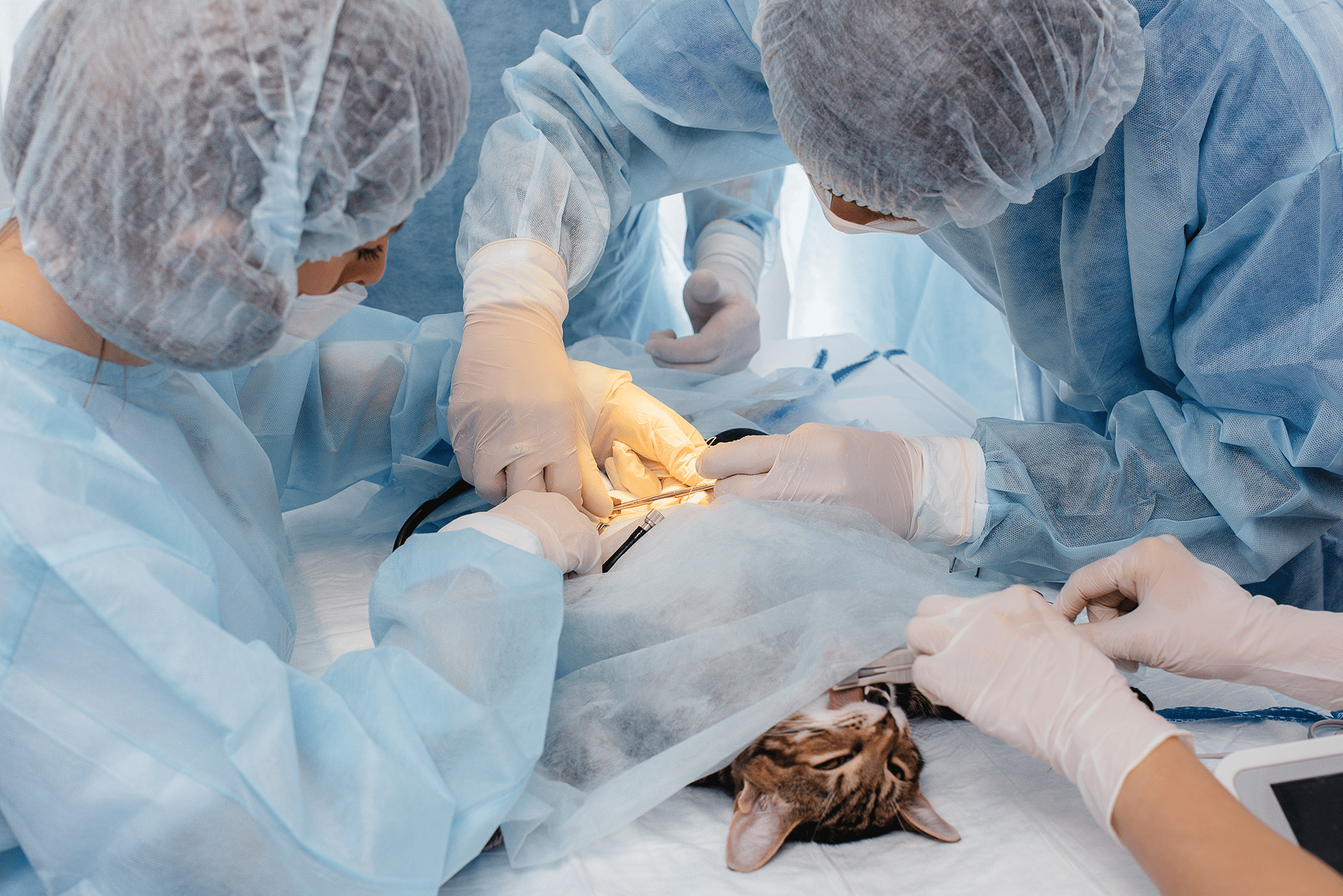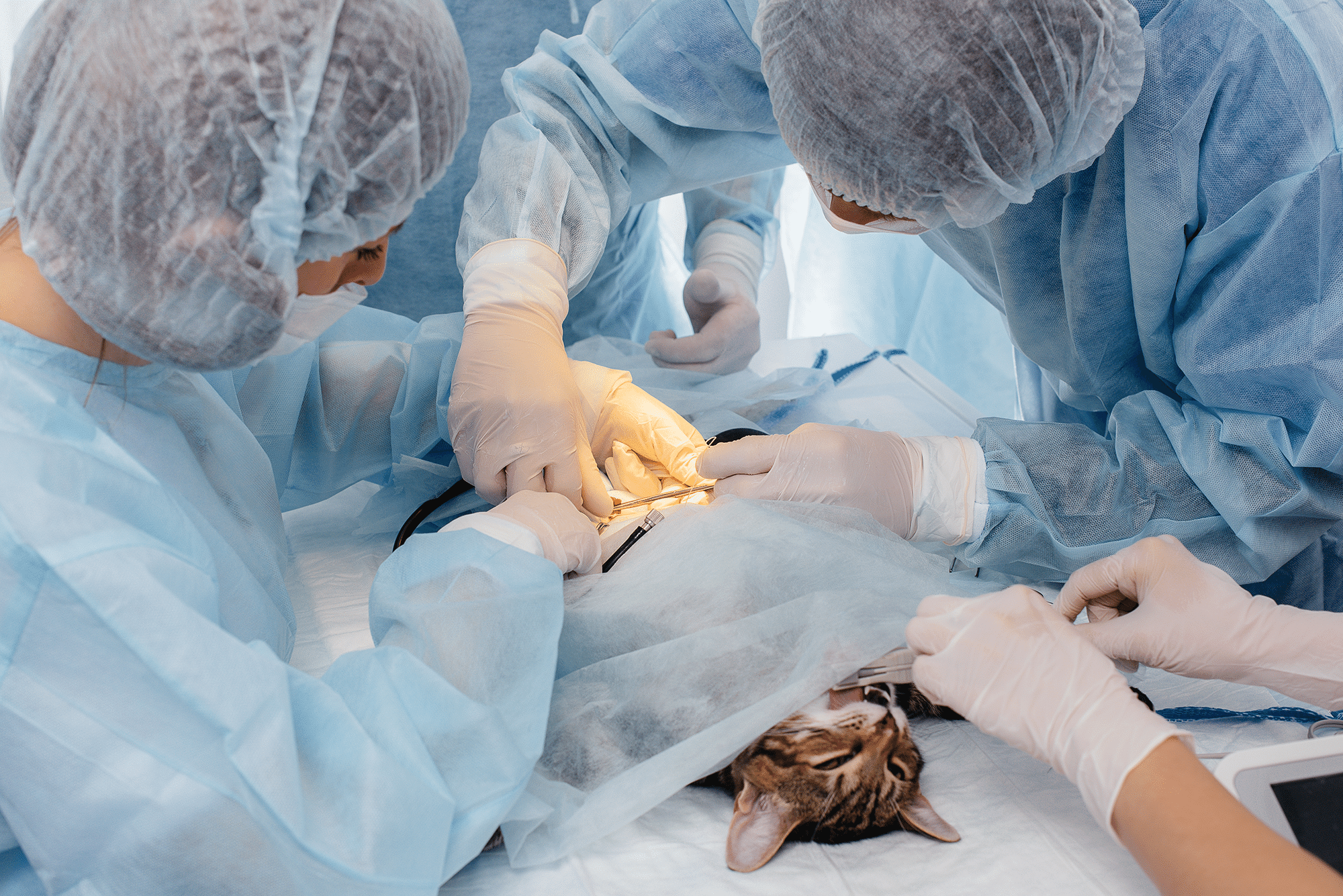Veterinary practices face unique risks when handling, storing, and administering controlled drugs. From Schedule 2 opi…
Veterinary Surgical Equipment Insurance: Protecting Your Practice's Most Critical Assets
Veterinary practices rely heavily on sophisticated surgical equipment to provide life-saving treatments and procedures. From basic surgical instruments to advanced imaging systems and anesthetic machines, this equipment represents a significant financial investment that requires comprehensive protection. Veterinary surgical equipment insurance provides essential coverage for these valuable assets, ensuring your practice can continue operating even when equipment fails, gets damaged, or needs replacement.
Understanding Veterinary Surgical Equipment Insurance
Veterinary surgical equipment insurance is a specialized form of commercial insurance designed specifically for veterinary practices. It covers the repair, replacement, and associated costs when surgical equipment is damaged, stolen, or becomes inoperable. This coverage extends beyond basic property insurance to include specialized veterinary equipment that standard policies might not adequately cover.
The insurance typically covers a wide range of equipment including surgical tables, anesthetic machines, ventilators, surgical lights, electrocautery units, ultrasound machines, X-ray equipment, dental units, microscopes, endoscopy equipment, and specialized surgical instruments. Given the high cost and critical nature of this equipment, having proper insurance coverage is essential for any veterinary practice performing surgical procedures.
Key Coverage Areas
Equipment Breakdown Coverage
Equipment breakdown coverage protects against mechanical or electrical failure of surgical equipment. This includes coverage for repair costs, replacement expenses, and business interruption losses while equipment is out of service. Many veterinary surgical instruments are precision devices that can fail unexpectedly, potentially disrupting scheduled surgeries and affecting patient care.
Theft and Vandalism Protection
Theft and vandalism protection covers the loss of equipment due to criminal activity. Veterinary practices often contain valuable, portable equipment that can be targets for theft. This coverage ensures you can replace stolen items without bearing the full financial burden.
Accidental Damage Coverage
Accidental damage coverage protects against unexpected incidents that could damage equipment during normal operations. This might include drops, spills, electrical surges, or other accidents that could render expensive surgical equipment unusable.
Business Interruption Coverage
Business interruption coverage compensates for lost income when equipment failure forces you to cancel or postpone surgical procedures. This coverage helps maintain cash flow while equipment is being repaired or replaced, ensuring your practice can continue meeting its financial obligations.
Industry-Specific Risks
Veterinary practices face unique risks that make specialized equipment insurance crucial. The high-stress environment of surgical procedures increases the likelihood of accidental damage to sensitive equipment. Emergency situations may require rapid equipment setup and breakdown, potentially leading to damage.
The precision nature of veterinary surgical equipment means that even minor damage can render devices unusable or unsafe. Unlike human medical facilities, veterinary practices often operate with smaller budgets and fewer backup systems, making equipment failure more disruptive to operations.
Contamination risks in veterinary environments can also affect equipment. Exposure to bodily fluids, chemicals, or infectious agents may require extensive decontamination or replacement of affected equipment. Standard property insurance may not adequately address these veterinary-specific contamination scenarios.
Benefits of Comprehensive Coverage
Financial Protection
Financial protection is the primary benefit of veterinary surgical equipment insurance. Modern surgical equipment can cost tens of thousands of pounds, and replacement without insurance could strain practice finances or force difficult decisions about patient care capabilities.
Continuity of Care
Continuity of care is another crucial benefit. When equipment fails, having insurance that covers expedited repair or temporary replacement equipment helps ensure that scheduled surgeries can proceed and emergency cases can be handled appropriately.
Peace of Mind
Peace of mind for practice owners and staff comes from knowing that equipment failures won't jeopardize the practice's ability to provide quality care. This confidence allows veterinarians to focus on patient care rather than worrying about potential equipment-related financial disasters.
Competitive Advantage
Competitive advantage can result from having reliable, well-maintained equipment backed by comprehensive insurance. Practices that can guarantee equipment availability and reliability may attract more referrals and build stronger client relationships.
Coverage Considerations
Replacement Cost vs Actual Cash Value
Replacement cost versus actual cash value is an important distinction in veterinary equipment insurance. Replacement cost coverage pays for new equipment of similar type and quality, while actual cash value coverage deducts depreciation. Given the rapid advancement in veterinary technology, replacement cost coverage is typically more beneficial.
Coverage Limits
Coverage limits should reflect the full replacement cost of your equipment inventory. Regular equipment appraisals help ensure coverage limits remain adequate as you add new equipment or as replacement costs increase due to inflation or technological advancement.
Deductibles
Deductibles affect both premium costs and out-of-pocket expenses when claims occur. Higher deductibles reduce premium costs but increase the amount you'll pay when equipment needs repair or replacement. Consider your practice's cash flow and risk tolerance when selecting deductible levels.
Waiting Periods
Waiting periods may apply to certain types of coverage, particularly for pre-existing equipment issues. Understanding these waiting periods helps ensure you have realistic expectations about when coverage becomes effective.
Choosing the Right Insurance Provider
Experience with Veterinary Practices
Experience with veterinary practices is crucial when selecting an insurance provider. Companies that understand the unique needs and risks of veterinary operations can provide more appropriate coverage and better claims service. Look for insurers with specific veterinary insurance programs rather than generic commercial policies.
Claims Handling Reputation
Claims handling reputation affects your experience when you need to use your insurance. Research potential insurers' claims processes, average settlement times, and customer satisfaction ratings. Quick, fair claims resolution is essential when equipment failure disrupts patient care.
Coverage Flexibility
Coverage flexibility allows you to tailor your policy to your specific equipment and practice needs. Some insurers offer modular coverage options that let you select specific protections for different types of equipment or practice areas.
Premium Competitiveness
Premium competitiveness should be balanced against coverage quality and service levels. The cheapest option may not provide adequate protection or satisfactory service when you need it most.
Risk Management Strategies
Preventive Maintenance Programs
Preventive maintenance programs can reduce equipment failure risks and may qualify for insurance discounts. Regular servicing, calibration, and inspection help identify potential problems before they cause equipment failure or safety issues.
Staff Training
Staff training on proper equipment use and handling reduces the likelihood of accidental damage. Well-trained staff are less likely to cause equipment failures and more likely to identify potential problems early.
Environmental Controls
Environmental controls such as proper temperature, humidity, and electrical systems help protect sensitive surgical equipment from damage. Many equipment failures result from environmental factors that can be controlled through proper facility management.
Security Measures
Security measures including alarms, cameras, and secure storage help prevent theft and vandalism of valuable equipment. Many insurers offer premium discounts for practices with comprehensive security systems.
Cost Factors
Equipment Value
Equipment value is the primary factor affecting insurance premiums. More expensive equipment inventories require higher coverage limits and result in higher premiums. However, the cost of insurance is typically a small percentage of equipment value.
Practice Location
Practice location affects risk assessment and premium calculations. Areas with higher crime rates, severe weather risks, or other environmental hazards may face higher premiums.
Claims History
Claims history influences future premium costs. Practices with frequent claims may face higher premiums, while those with good loss records may qualify for discounts.
Coverage Selections
Coverage selections including deductibles, limits, and additional coverages affect premium costs. Working with an experienced agent helps balance coverage needs with budget constraints.
Claims Process
Immediate Notification
Immediate notification to your insurance company is crucial when equipment damage occurs. Most policies require prompt notification, and delays could affect claim settlement. Document the damage with photographs and preserve damaged equipment for inspection.
Professional Assessment
Professional assessment may be required to determine the extent of damage and repair feasibility. Insurance companies often work with specialized equipment repair technicians who understand veterinary surgical equipment.
Temporary Solutions
Temporary solutions may be covered while permanent repairs or replacements are arranged. This might include rental equipment or expedited repair services to minimize practice disruption.
Settlement Negotiations
Settlement negotiations should result in fair compensation based on your policy terms. Understanding your coverage details helps ensure you receive appropriate settlement amounts.
Regulatory Considerations
Health and Safety Regulations
Health and safety regulations may require certain equipment standards and maintenance procedures. Insurance coverage should align with regulatory requirements to ensure compliance and avoid coverage gaps.
Professional Liability Considerations
Professional liability considerations may overlap with equipment insurance when equipment failures contribute to patient injuries or treatment complications. Coordinating equipment and professional liability coverage helps ensure comprehensive protection.
Record Keeping Requirements
Record keeping requirements for equipment maintenance, repairs, and insurance claims help support future claims and demonstrate compliance with policy terms.
Future Considerations
Technology Advancement
Technology advancement in veterinary equipment means coverage needs may change over time. Regular policy reviews help ensure coverage keeps pace with equipment upgrades and practice growth.
Practice Expansion
Practice expansion or specialization may require additional or different equipment coverage. Planning for growth helps ensure insurance coverage supports practice development goals.
Industry Trends
Industry trends such as telemedicine, minimally invasive procedures, and advanced imaging technologies may create new equipment insurance needs. Staying informed about industry developments helps anticipate future coverage requirements.
Conclusion
Veterinary surgical equipment insurance provides essential protection for one of your practice's most valuable and critical assets. The specialized nature of veterinary equipment and the unique risks facing veterinary practices make standard property insurance inadequate for comprehensive protection.
Investing in proper equipment insurance protects your financial investment, ensures continuity of patient care, and provides peace of mind for practice owners and staff. The relatively modest cost of comprehensive coverage is far outweighed by the potential financial and operational consequences of uninsured equipment losses.
Working with insurance professionals who understand veterinary practice needs helps ensure you get appropriate coverage at competitive rates. Regular policy reviews and proactive risk management strategies help maximize the value of your insurance investment while minimizing the likelihood of claims.
For veterinary practices serious about protecting their ability to provide quality surgical care, comprehensive equipment insurance isn't optional—it's an essential component of responsible practice management.
Get Expert Advice
For more information about veterinary surgical equipment insurance and how it can protect your practice, contact our specialist team at 0330 127 2333 or visit www.insure24.co.uk for a tailored quote.


 0330 127 2333
0330 127 2333
